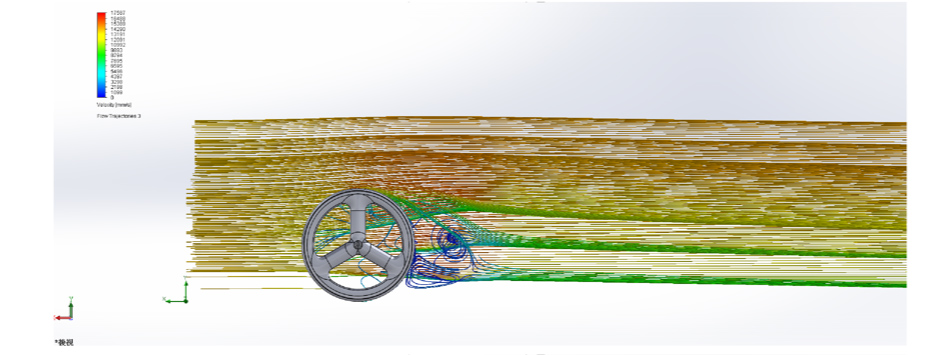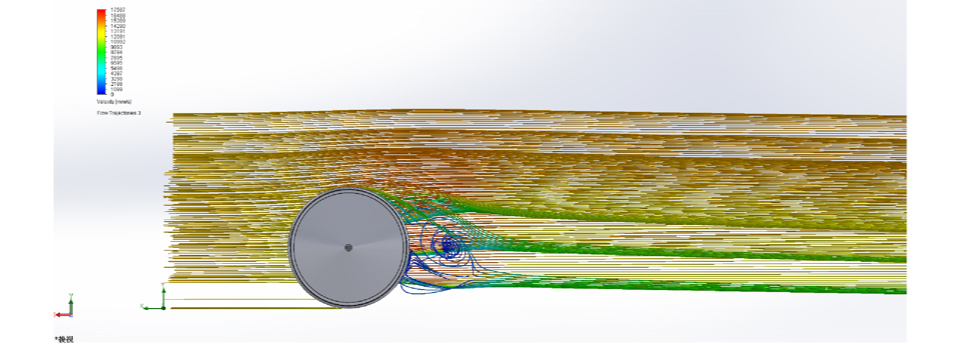FFWD came out with a big claim: that their new two-spoke Falcon is the fastest wheel ever, saving up to 9 watts over competitive front wheels. Available in tubular or clincher and rim or disc brake options, the UD carbon wheel has a variable 48 – 90mm rim depth and a NACA aerodynamic profile.

FFWD Falcon two-spoke aerodynamic carbon TT and triathlon wheel
This isn’t the first time that FFWD has shown a two-spoke wheel, but now it’s officially ready for prime time. Based on the M5 two-spoke wheel, the new Falcon further refines the design, saving a claimed 9 watts at yaw angles of 0 to 10 degrees. The wheel is constructed of UD fibers, with full carbon construction.
FFWD is making some bold-yet-vague claims, with their communication to us citing that it’s “the fastest wheel ever”, “our fastest wheel ever”, and the press release suggesting that a solid disc wheel may still be faster – so perhaps this is their fastest front wheel. In any case, check out the video and full press release below, to learn more about this crazy-looking design.
Press Release:
July 16, 2019, Gasthuisdijk NL: FFWD presents fastest wheel ever, the Falcon!
At last years Eurobike show FFWD presented Project Falcon based on the M5 two spoke wheel. FFWD Wheels went into further development with wind tunnel tests and field tests on the track and is now launching the fastest wheel to the market.
The wheel has a unique design based on two spokes in one line in the centre of the wheel. The rim is also different with a variable height between 48mm at the lowest point and 90mm at the highest point. The design of the wheel with NACA profile shaped spokes and variable rim height result in minimal drag at the tip-off point of the wheel. The less drag you create the more watts you save during a ride and the more aerodynamic a wheel is. Within the most common yaw angles measured in several races, between 0 and 10 degrees, the Falcon outperforms on competitive front wheels by saving up to 9 watts.
The FFWD Falcon is made of UD carbon fibers based on the Toray 800 and 1000 series. The material used is carefully chosen to reach the best stiffness to weight ratio. Due to its specific design and used material the Falcon reaches a very well balanced wheel.
The Falcon has been developed on rim width to make the wheel more aerodynamic in combination with wider tyres and compatible for the tubeless setup. It will become available as road wheels for time trial and triathlon use in tubular and clincher with rim brake and disc brake options. Besides that the Falcon will also be available as track wheel where the tests proved a Falcon with rear DISC is more aerodynamic than other combinations.
During this past year riders from professional cycling teams Total Direct Energie and Arkea-Samic have ridden and tested this wheel and provided positive feedback on the overall performance and handling of the Falcon.
The Falcon will also be seen this week in the Time Trial during the Tour de France on the 19th of July!
The Falcon wheel is available from September 2019. Pricing of the wheel is set at 1899 Euro for the front wheel and 1999 Euro for the rear wheel, regardless of the choice for tubeless, tubular, rim brake or disc brake.



